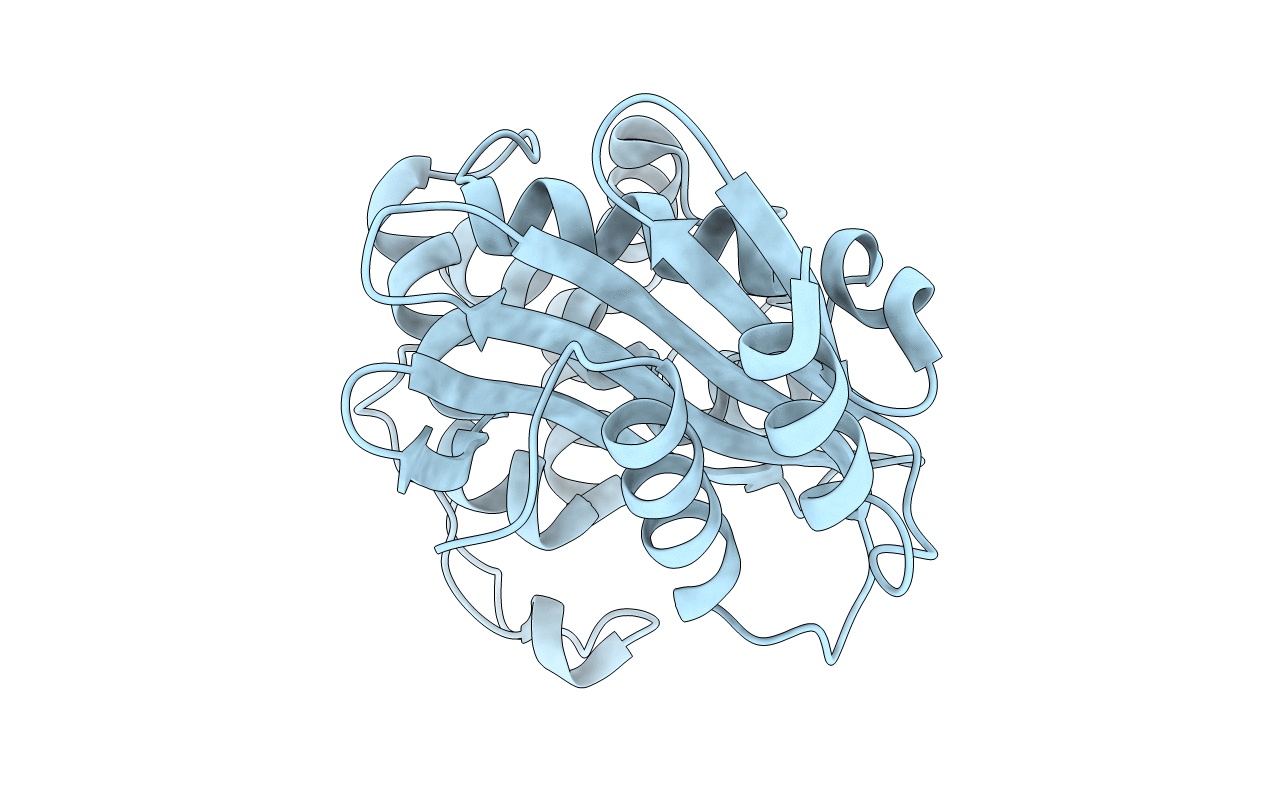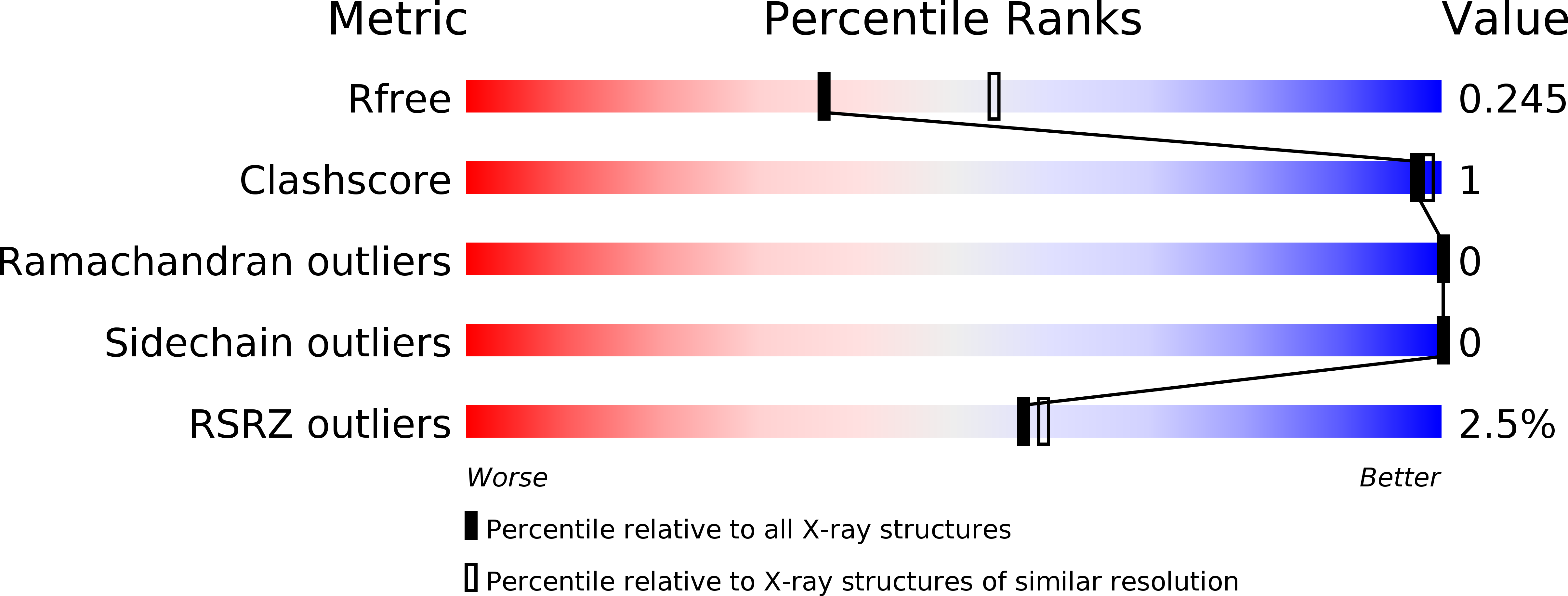
Deposition Date
2015-02-06
Release Date
2016-01-13
Last Version Date
2025-04-09
Entry Detail
PDB ID:
4Y0O
Keywords:
Title:
Crystal structure of OXA-58, a carbapenem hydrolyzing Class D beta-lactamase from Acinetobacter baumanii.
Biological Source:
Source Organism:
Acinetobacter baumannii (Taxon ID: 470)
Host Organism:
Method Details:
Experimental Method:
Resolution:
2.37 Å
R-Value Free:
0.23
R-Value Work:
0.19
R-Value Observed:
0.19
Space Group:
P 21 21 21


